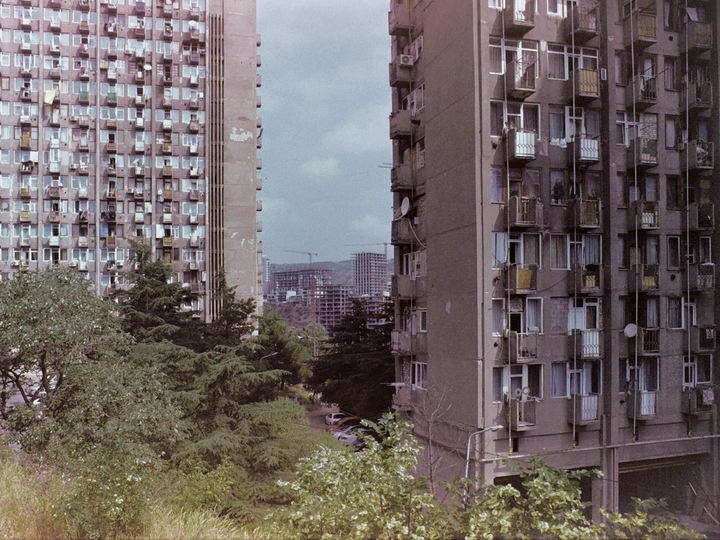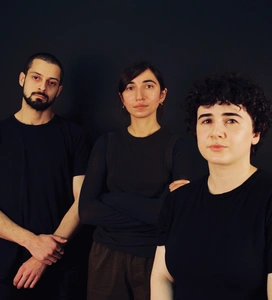Changes without changers

Dea Khizanishvili
Veriko Shengelia
Two of us, Teimuraz and Dea met while studying architecture at the Georgian Technical University. Shared sensitivity to spatial and social justice led us to ongoing collaboration. Over the years, we’ve had parallel paths in critical and also informal architectural education and practice. Both of us have participated in Les Ateliers international workshops (in different years) and both have experience with EASA - Dea during the COVID period (Georgian edition) and Tio in this year’s EASA Rhizome.
Even though we have had similar interests for years, the most significant joint initiative began in early 2025 (alongside other Georgian colleagues), when we co-founded the Professional Union of Georgian Architects and Urbanists (PUGAU). The union was established during a period of high political tension in Georgia. PUGAU was a reaction to the problems of the Georgian working class: lack of legal protections, exploitative conditions, minimal recognition of labor rights.
At the moment we, along with other colleagues, are trying to build a safe space for solidarity and advocacy for all professionals working in the fields of architecture and urban planning. Our work is grounded on the belief that the right to an adequate standard of living should apply not only to those who inhabit exceptional works of architecture, but also to those who labor to produce them.
The third member of the team , Veriko holds a Master’s degree in Economics with a focus on inclusive growth. She has experience in economic analysis, particularly in examining inequality, labor markets, and broader structural dynamics. She is interested in exploring how economic injustice takes shape in urban environments and in contributing insights that connect economic and spatial perspectives
This approach formed the research direction. The project is an exploration of how economic injustice expresses itself in spatial form.
Recent research on gentrification and comparative urbanism suggests that in developing countries, state-led or developer-led gentrification is typically characterized by a large number of new build projects. These are frequently located on empty sites beyond city boundaries or follow demolition and slum clearance. This applies to post-Soviet cities.
Our study focuses on this trend, showing, through visual ethnography, the architectural manifestations of economic and social inequality. In Tbilisi, the main driver of housing changes is development. The core motivation behind real estate development is profit. In the case of Tbilisi, new housing units are intended for relatively wealthy migrants—often not planning to stay long—and emigrants, who do not live in the city but still buy property. As a result, construction and vacancy rates are high. This is known as tele-urbanization. The architect and urban planner are cogs in this machine, powerless to stop or reshape the process. But drawing conclusions only from visible outcomes would be a mistake.
Recall the Roman myth of Cacus, the half-demon who lived in a cave and stole oxen at night. Wishing to mislead his pursuers, Cacus forced the oxen to walk backwards into his cave. The next morning, all that the people found were footprints. Based on the immediate evidence, they concluded that the oxen had gone out into the middle of the field and disappeared. Relying only on present evidence, therefore, would tell us nothing about the trajectories of transformation. What is needed is an investigation that accounts for past tendencies: What is and what has been the relation between capital, spatial transformation, and housing inequality? What can this tell us about what our cities are headed towards?
Our work sets out to follow the flow of capital and map the living spaces it alters; show how capital has historically shaped spaces, and through this dialectic, fix the trajectory of future changes.
